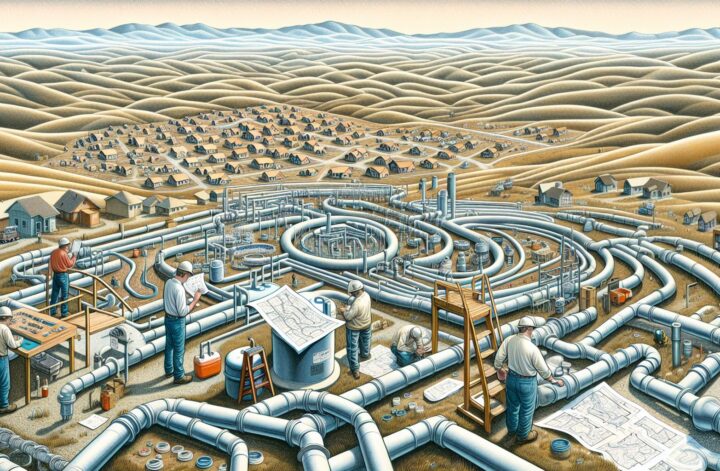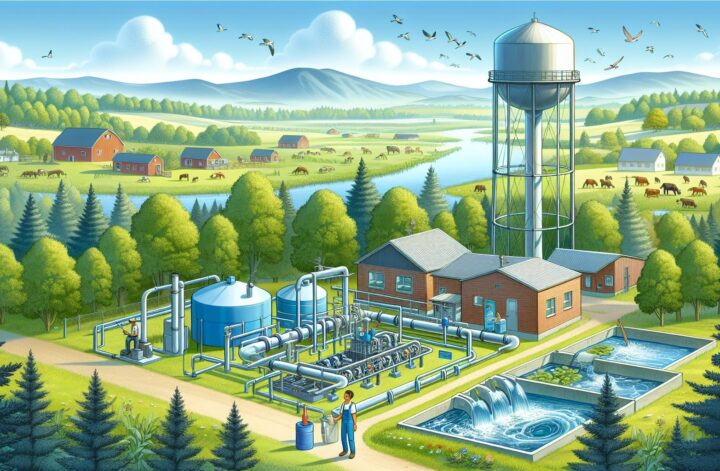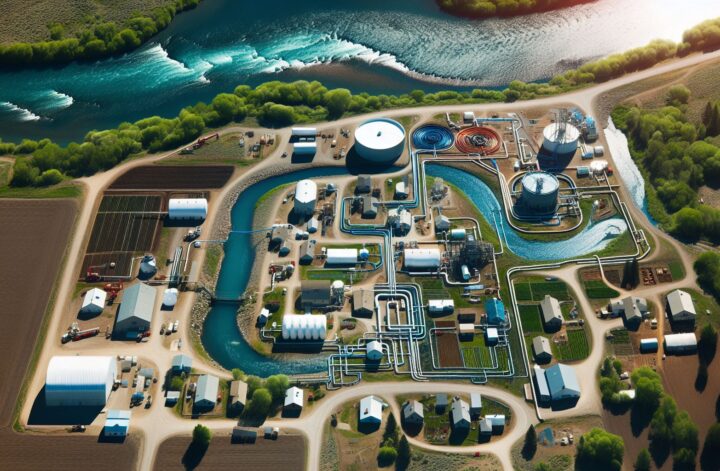Spanning an expansive geographical region, Montana, popularly known as “Big Sky Country”, is home to approximately 1 million residents, many of whom reside in rural and sparsely populated areas. This demographic layout ingrains unique challenges for the state’s rural water and wastewater systems.
Most of the remote communities in Montana rely on small, geographically isolated water and wastewater systems created through local efforts. The majority of these systems were constructed several decades ago and are experiencing diminishing efficiency and escalating repair needs. Crucially, they often struggle to meet the growing population needs and stringent government regulations.
The Montana Department of Environmental Quality (DEQ) oversees the regulation of water and wastewater systems in the state. However, despite their diligent monitoring and assistance in areas such as operator training, funding for infrastructure improvements remains a critical issue.
Mapping out the scale of the problem, the American Society of Civil Engineers’ 2018 Report Card for Montana’s Infrastructure illustrated the gravity of the situation. Montana’s drinking water infrastructure received a “C-” grade and wastewater infrastructure a “D+”. It identified aging infrastructure, increasing regulatory requirements, and population growth as the core issues facing the sector.
Numerous rural communities are grappling with the complexities of wastewater treatment, namely preventing waterborne diseases and pollution. Many treatment plants are strained in their capacity and are grappling with matching the changing regulations associated with wastewater effluent.
To navigate these obstacles, various federal and state funding programs have been established to aid Montana’s rural areas. The State Revolving Fund (SRF), for instance, offers low-interest loans for water and wastewater projects. However, the current finances available do not meet the considerable needs and upgrading the infrastructure involves significantly higher costs.
There is an urgent need to invest in Montana’s aged and overwhelmed rural water and wastewater systems. A well-planned, funded, and executed system is crucial for preventing waterborne diseases, protecting the environment and contributing to the state’s overall economic prosperity.
Further, it is essential to encourage community participation and leadership in maintaining and upgrading local systems. Such actions combined with adequate funding will ensure the sustainability of rural water and wastewater systems, emphasizing the vitality of water security for promoting public health, environmental stability, and economic prosperity in Montana.




